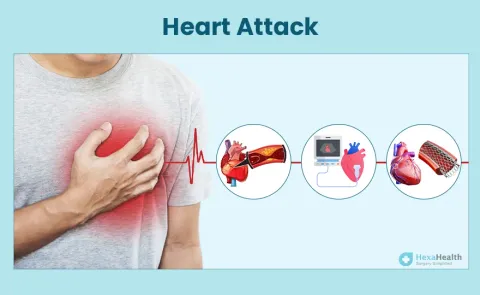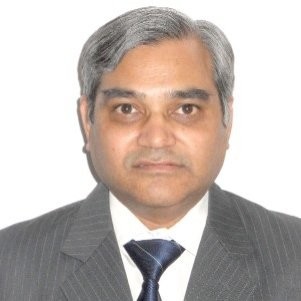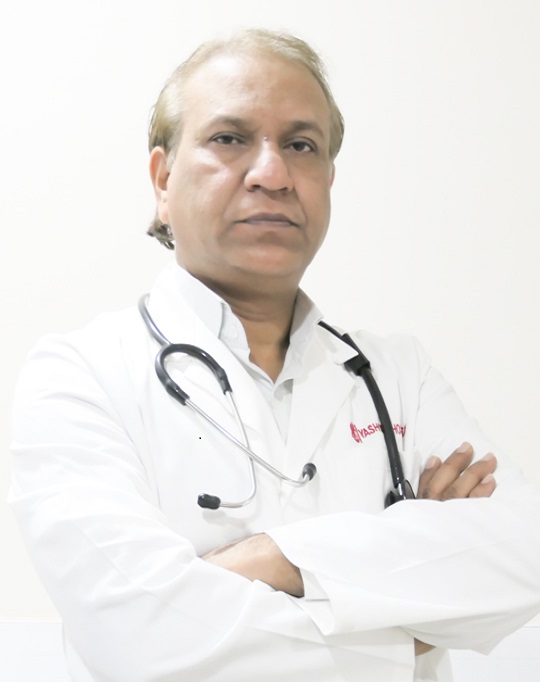Certain aspects can increase an individual’s chances of getting a heart attack. However, having one or more of these factors does not guarantee the disease. Risk factors of myocardial infarction are as follows:
Modifiable Risk Factors
Patients can control these risks to prevent the condition. They include the following:
Physical Inactivity: Lack of exercise is associated with several types of heart disease, like myocardial infarction.
Unhealthy Diet: A diet high in salt, sugar, and fat contributes to the development of heart disease.
Tobacco Use: Smoking and inhaling secondhand smoke constricts the blood vessels, causing elevated blood pressure.
Stress: Emotional stress, including intense anger, can heighten the risk of experiencing a heart attack.
Hypertension: High blood pressure can damage the arteries that lead to the heart.
High Cholesterol Levels: Increased levels of bad cholesterol (LDL) in the blood can cause plaque buildup in the arteries.
Diabetes: Poorly controlled blood sugar levels increase the risk of heart attack.
Non-Modifiable Risk Factors
These cannot be altered, making it challenging to prevent this disease. Mentioned below are these aspects:
Age: Men above 45 and women over 55 are more likely to have the disease.
Family History of Heart Disease: If an individual’s siblings, parents, or grandparents had heart disease or heart attacks, especially at an early age, their risk might be higher.
Autoimmune Conditions: Having diseases like lupus or rheumatoid arthritis can also increase the risk of heart attacks.

How to prevent a heart attack?
Heart attacks can strike anyone, regardless of wealth or status. Recently, the news of billionaire Cyrus Poonawalla heart attack served as a stark reminder that even those with access to the best healthcare are not immune.
One can take proactive steps to safeguard heart health and prevent life-threatening conditions by following the below measures:
Quit smoking.
Eat a heart-healthy diet low in fat, salt, and cholesterol.
Get regular screenings for blood pressure and cholesterol monitoring.
Engage in moderate-intensity aerobic exercise.
Maintain a healthy weight.
Take medications as prescribed to improve heart health.

"I've seen firsthand how heart attacks are increasingly affecting younger people, often catching them off guard. Recently, I treated a patient in his early 40s who thought he was too young to be at risk, but stress, an unhealthy diet, and a lack of exercise had silently taken their toll.
Heart attacks can happen at any age, especially when risk factors like high blood pressure, smoking, or a sedentary lifestyle are present. By recognizing these risks early and making healthier choices, you can protect your heart and prevent the unimaginable from becoming a reality."
- Dr Bikram Kesharee Mohanty
Cardiologist






































